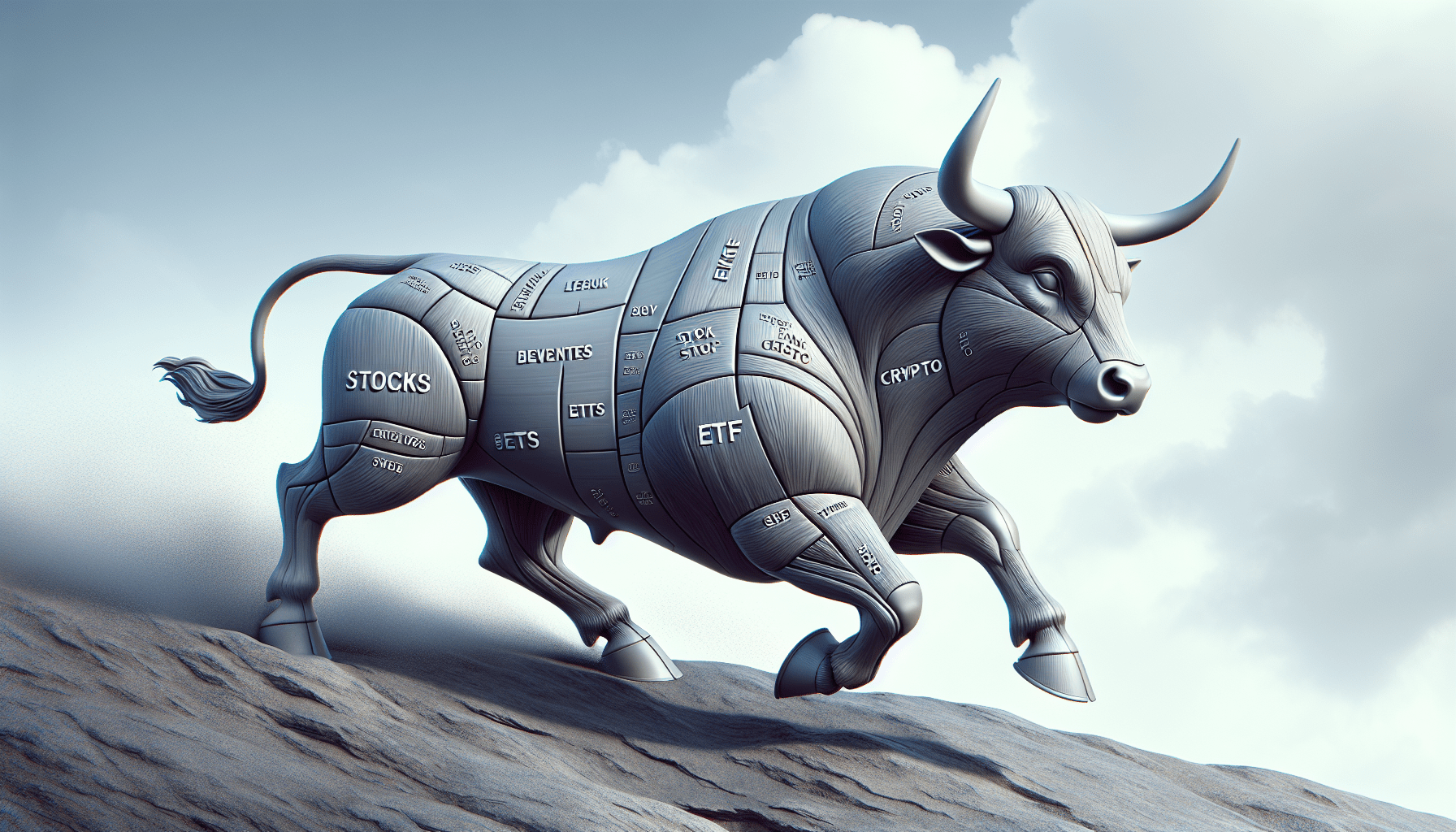Wait, What? A K-Shaped Recovery?

Stirring up the alphabet soup of economic recovery nicknames (V, U, W), the COVID-19 pandemic appears to have produced a new entrant to the field: the so-called “K” recovery.
And that moniker appears to fit the current economic landscape extremely well, given that over the last several months some industries have begun to recover—and even thrive—while others have remained stagnant or continued to decline. It’s that troubling divergence that calls to mind the simultaneous upward and downward sloping letter K.
Some of the industries that have rebounded since spring include financial services, pharmaceuticals and all things technology-related. For example, it’s said that employment in the financial services sector is now back to about 94% of pre-pandemic levels.
On the other end of the spectrum are sectors such as travel, entertainment and leisure/hospitality, where the outlook remains bleak—and could get bleaker. These sectors, and several others, make up the downward-sloping part of the economy.
It’s estimated that nearly 40% of the excess unemployment in the economy may currently be linked to the leisure and hospitality sector—up from 11% last year. That shouldn’t come as much of a surprise, given that roughly half of the 17 million jobs in this industry were wiped out during the March-April period.
Unfortunately, this situation has served to further exacerbate sharp divisions in an already stratified American economy.
And while the stock market has rallied, it certainly hasn’t been a boon for the majority of citizens—it’s estimated that 84% of the stock market is owned by the top 10% richest Americans.
In the early innings of the pandemic, decisive action by Congress and the Federal Reserve helped fill some of the gaps left by an economy ravaged by COVID-19 shutdowns through extra unemployment benefits and emergency loans/grants. But many of those programs have since dried up, meaning consumers and businesses have seemingly been left to fend for themselves going forward.
The net result has been a K-shaped economic landscape plagued by declining economic activity (i.e. GDP), rising corporate bankruptcies and stubbornly high levels of unemployment.
When and how the K-shaped “recovery” transforms into the preferred V or U-shape is anyone’s guess.
Months ago, pundits suggested the country would experience a “V” recovery this summer, which would see the economy snap-back to pre-pandemic levels of activity relatively quickly. They were wrong.
A new fiscal stimulus package out of Congress would undoubtedly serve to ease the economic recession unfolding at this time, but it wouldn’t likely be enough to catalyze robust rebounds in beaten-down business sectors.
With that in mind, the best chance for a full recovery likely resides with a safe and effective vaccine, or herd immunity—the latter defined as the point in which at least 60%-70% of the population has been exposed to the virus, and has developed the necessary antibodies to fight the pathogen.
Until either of those scenarios comes to pass, the current K-shaped economy will likely loom large in the lives of all Americans.
For more information on how economic recessions have traditionally impacted the financial markets, readers may want to review this previous installment of Market Measures.
To follow all the economic developments affecting the financial markets, readers can also tune into TASTYTRADE LIVE, weekdays from 7 a.m. to 3 p.m. Central Time, at their convenience.
Sage Anderson is a pseudonym. The contributor has an extensive background in trading equity derivatives and managing volatility-based portfolios as a former prop trading firm employee. The contributor is not an employee of luckbox, tastytrade or any affiliated companies. Readers can direct questions about any of the topics covered in this blog post, or any other trading-related subject, to support@luckboxmagazine.com.



















